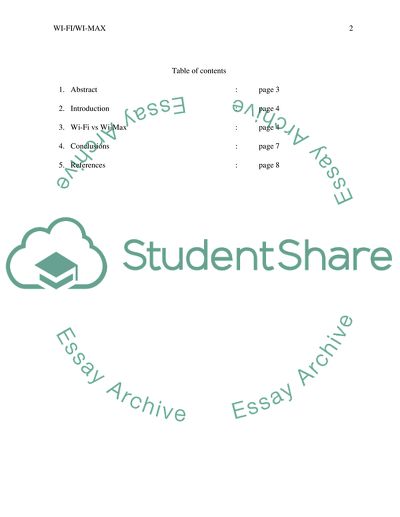Cite this document
(“WI-FI / WI-MAX Essay Example | Topics and Well Written Essays - 1000 words”, n.d.)
Retrieved from https://studentshare.org/miscellaneous/1589213-wi-fi-wi-max
Retrieved from https://studentshare.org/miscellaneous/1589213-wi-fi-wi-max
(WI-FI / WI-MAX Essay Example | Topics and Well Written Essays - 1000 Words)
https://studentshare.org/miscellaneous/1589213-wi-fi-wi-max.
https://studentshare.org/miscellaneous/1589213-wi-fi-wi-max.
“WI-FI / WI-MAX Essay Example | Topics and Well Written Essays - 1000 Words”, n.d. https://studentshare.org/miscellaneous/1589213-wi-fi-wi-max.


